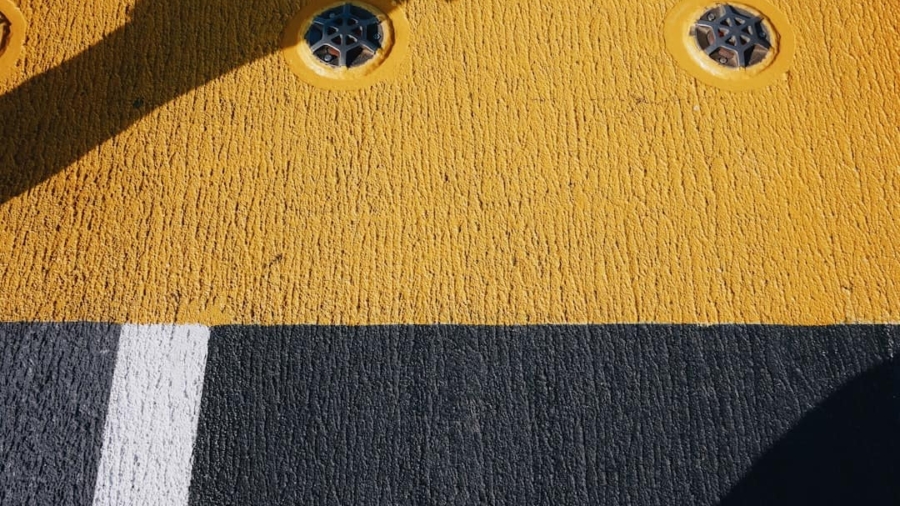The intersection of robotics and sustainability represents a pivotal frontier in modern industrial practices. As the world grapples with the pressing challenges of climate change, resource depletion, and environmental degradation, the integration of advanced robotic technologies offers promising solutions to enhance efficiency and reduce ecological footprints. Robotics, characterized by the design, construction, operation, and use of robots, has evolved significantly over the past few decades.
This evolution has been driven by rapid advancements in artificial intelligence, machine learning, and sensor technologies, enabling robots to perform complex tasks with precision and adaptability. Sustainability, on the other hand, encompasses practices that meet present needs without compromising the ability of future generations to meet their own. It involves a holistic approach that integrates environmental stewardship, economic viability, and social equity.
The synergy between robotics and sustainability is not merely a theoretical concept; it is manifesting in various sectors, from manufacturing to agriculture, where robots are being deployed to optimize processes, minimize waste, and promote resource conservation. This article delves into the current applications of robotics in sustainable industrial practices, explores technological advancements, addresses challenges, and envisions future trends that could further enhance sustainability efforts.
Key Takeaways
- Robotics plays a crucial role in promoting sustainability by improving efficiency and reducing environmental impact in industrial practices.
- Current applications of robotics in sustainable industrial practices include automated assembly lines, precision agriculture, and waste management.
- Advancements in robotics technology, such as AI and machine learning, are enhancing the capabilities of robots to perform complex tasks with minimal environmental impact.
- Challenges and limitations of robotics in supporting sustainability include high initial costs, limited adaptability to diverse environments, and potential job displacement.
- Integration of robotics with renewable energy sources, such as solar and wind power, can further enhance the sustainability of industrial practices.
Current Applications of Robotics in Sustainable Industrial Practices
Robotics has found a multitude of applications in sustainable industrial practices across various sectors. In manufacturing, for instance, collaborative robots or cobots are increasingly being utilized to work alongside human operators. These robots are designed to perform repetitive tasks with high precision while reducing energy consumption and material waste.
For example, automotive manufacturers have adopted robotic arms that can assemble components with minimal energy input compared to traditional methods. This not only streamlines production but also significantly lowers the carbon footprint associated with manufacturing processes. In agriculture, robotics plays a crucial role in promoting sustainable farming practices.
Autonomous tractors equipped with GPS technology can optimize planting patterns and reduce fuel consumption by following precise routes.
By using data analytics and machine learning algorithms, these robotic systems can assess soil health and crop conditions in real-time, enabling farmers to make informed decisions that enhance yield while minimizing environmental impact.
Such applications illustrate how robotics can contribute to sustainable practices by improving efficiency and reducing resource consumption.
Advancements in Robotics Technology for Sustainable Industrial Practices
The rapid advancements in robotics technology are reshaping the landscape of sustainable industrial practices. One notable development is the integration of artificial intelligence (AI) into robotic systems. AI enables robots to learn from their environments and adapt their behaviors accordingly.
For instance, AI-powered robots can analyze production data to identify inefficiencies in manufacturing processes and suggest optimizations that lead to reduced waste and energy consumption. This capability not only enhances productivity but also aligns with sustainability goals by minimizing resource use. Another significant advancement is the development of soft robotics, which focuses on creating robots made from flexible materials that can safely interact with humans and delicate objects.
Soft robots are particularly beneficial in industries such as food processing, where they can handle fragile items without causing damage. This reduces waste associated with product loss during handling and processing. Furthermore, advancements in sensor technology have enabled robots to operate in dynamic environments, allowing them to perform tasks such as sorting recyclable materials more effectively.
These technological innovations are crucial for driving sustainable practices across various industries.
Challenges and Limitations of Robotics in Supporting Sustainability
Despite the promising potential of robotics in promoting sustainability, several challenges and limitations persist. One significant hurdle is the initial cost of implementing robotic systems. While the long-term benefits may outweigh these costs through increased efficiency and reduced waste, many small and medium-sized enterprises (SMEs) may find it difficult to invest in advanced robotic technologies.
This financial barrier can hinder widespread adoption and limit the overall impact of robotics on sustainability efforts. Moreover, there are concerns regarding the environmental impact of manufacturing robots themselves. The production of robotic systems often involves the use of rare materials and energy-intensive processes that can contribute to environmental degradation.
Additionally, the disposal of outdated or malfunctioning robots poses a challenge in terms of electronic waste management. As industries increasingly turn to automation for sustainability, it is essential to address these issues by developing more sustainable manufacturing practices for robotics themselves.
Integration of Robotics with Renewable Energy Sources
The integration of robotics with renewable energy sources presents a transformative opportunity for enhancing sustainability in industrial practices. For instance, robotic systems can be employed in solar panel installation and maintenance. Drones equipped with advanced imaging technology can inspect solar farms for damage or inefficiencies, allowing for timely repairs that maximize energy output.
Furthermore, autonomous robots can assist in the installation process by transporting heavy panels and positioning them accurately without human intervention. In wind energy, robotics plays a vital role in the maintenance of wind turbines. Autonomous drones can conduct inspections of turbine blades at heights that would be dangerous for human workers.
By identifying wear and tear early on, these robotic systems help prevent costly repairs and downtime while ensuring that renewable energy sources operate at peak efficiency. The synergy between robotics and renewable energy not only enhances operational efficiency but also contributes to a more sustainable energy landscape by facilitating the transition away from fossil fuels.
Robotics in Waste Management and Recycling
Waste management is another critical area where robotics is making significant strides toward sustainability. Traditional waste sorting processes are labor-intensive and often inefficient, leading to high levels of contamination in recyclable materials. However, robotic systems equipped with advanced sensors and machine learning algorithms can automate the sorting process with remarkable accuracy.
For example, companies like AMP Robotics have developed AI-driven robots that can identify different types of materials—such as plastics, metals, and paper—at high speeds, significantly improving recycling rates. Moreover, robotics can enhance waste collection processes through the use of autonomous vehicles that optimize routes based on real-time data. These vehicles can reduce fuel consumption by minimizing travel distances while ensuring timely collection of waste materials.
Additionally, robots can be deployed in hazardous waste management scenarios where human intervention may pose risks. By automating these processes, industries can not only improve efficiency but also contribute to a cleaner environment by increasing recycling rates and reducing landfill waste.
Future Trends and Innovations in Robotics for Sustainable Industrial Practices
Looking ahead, several trends and innovations are poised to shape the future of robotics in sustainable industrial practices. One emerging trend is the development of swarm robotics, where multiple robots work collaboratively to accomplish tasks more efficiently than individual units could achieve alone.
Another promising innovation is the use of biodegradable materials in robot construction. As sustainability becomes a central focus across industries, researchers are exploring ways to create robots from materials that minimize environmental impact throughout their lifecycle—from production to disposal. This shift could address some of the concerns related to electronic waste while promoting a circular economy within the robotics sector.
Furthermore, advancements in energy harvesting technologies may enable robots to operate sustainably without relying heavily on traditional power sources. For instance, robots equipped with solar panels or kinetic energy recovery systems could harness energy from their surroundings to power their operations. Such innovations would not only reduce reliance on non-renewable energy sources but also enhance the autonomy of robotic systems in remote or off-grid locations.
The Role of Robotics in Shaping a Sustainable Future
The role of robotics in shaping a sustainable future is becoming increasingly evident as industries seek innovative solutions to address environmental challenges. From enhancing efficiency in manufacturing processes to revolutionizing waste management practices, robotics offers a multifaceted approach to sustainability that aligns with global efforts to combat climate change and promote resource conservation. As technology continues to advance, the potential for robotics to contribute meaningfully to sustainable industrial practices will only grow.
However, realizing this potential requires a concerted effort from stakeholders across sectors—governments, businesses, researchers, and communities—to invest in research and development while addressing challenges related to cost and environmental impact. By fostering collaboration and innovation within the field of robotics, we can pave the way for a more sustainable industrial landscape that benefits both current and future generations. The journey toward sustainability is complex but essential; robotics stands at the forefront as a powerful ally in this endeavor.
In a recent article discussing The Future of Robotics in Supporting Sustainable Industrial Practices, it is evident that technology plays a crucial role in shaping the future of various industries. One related article that highlights the importance of technology in enhancing workflow efficiency is




